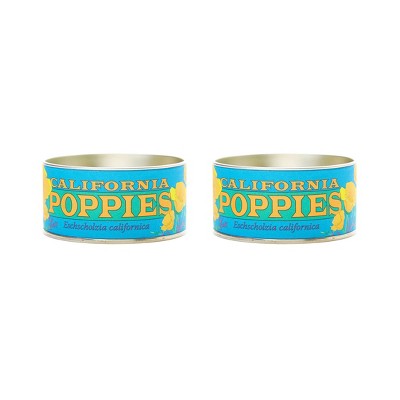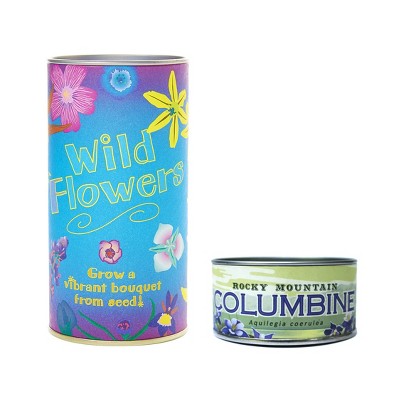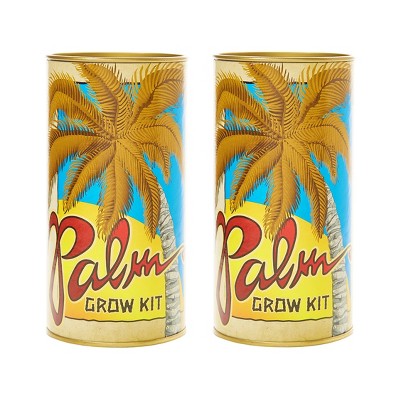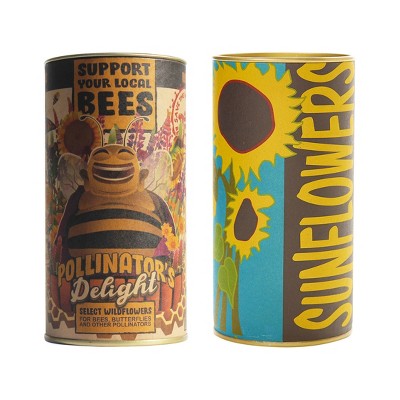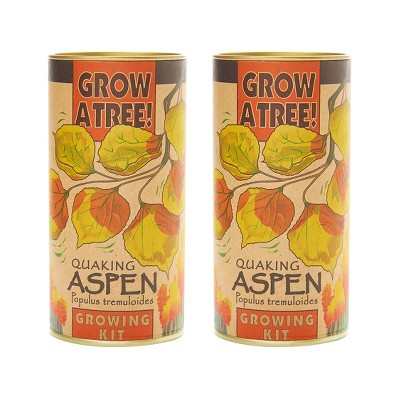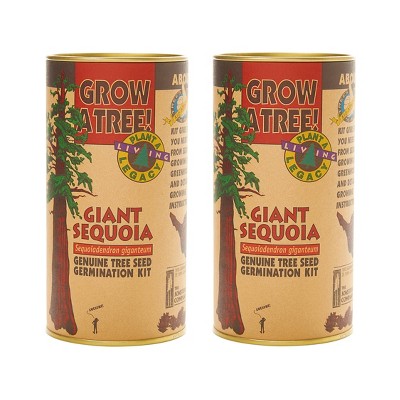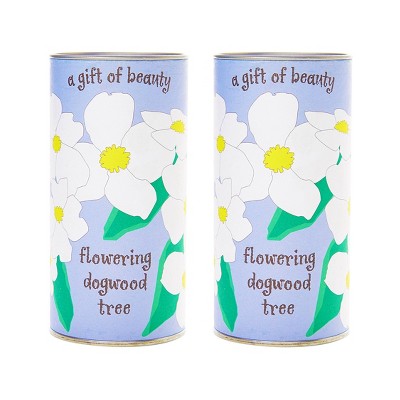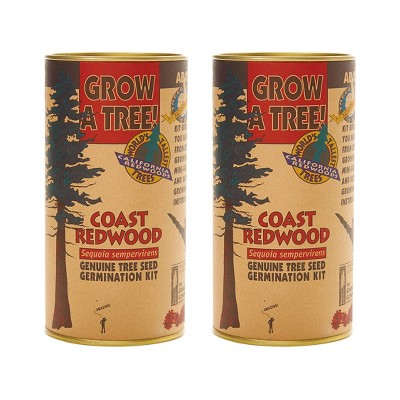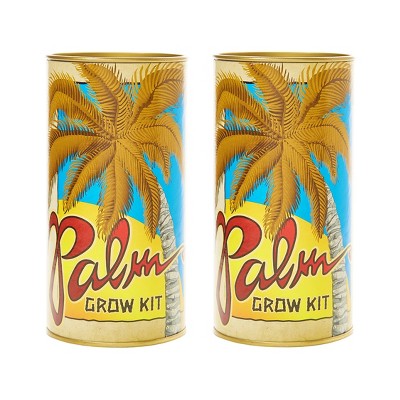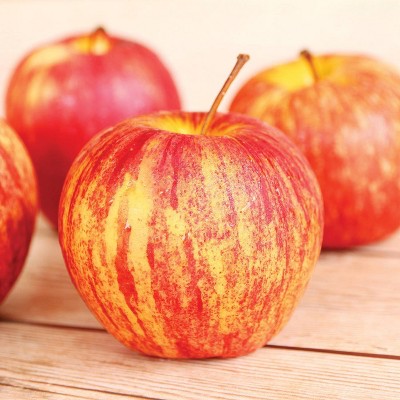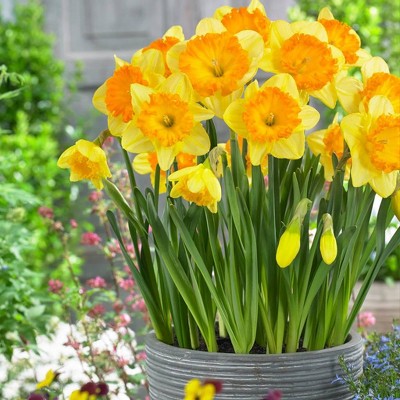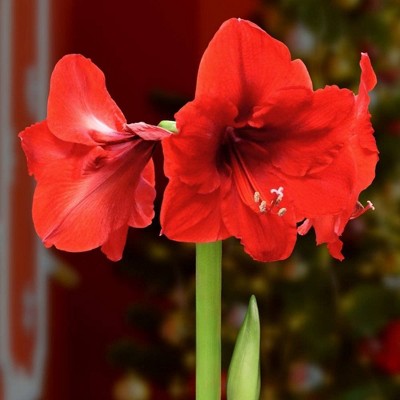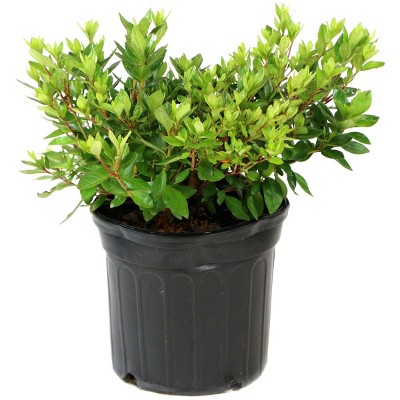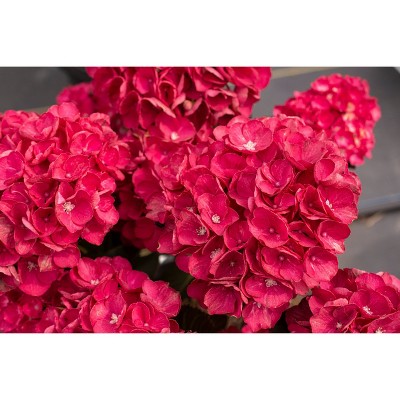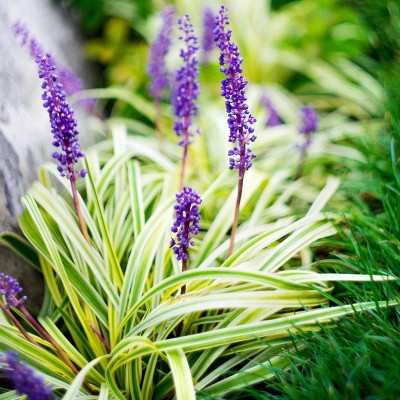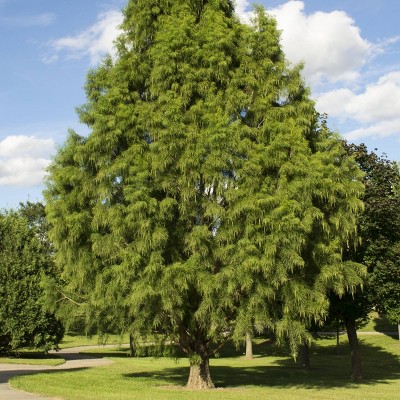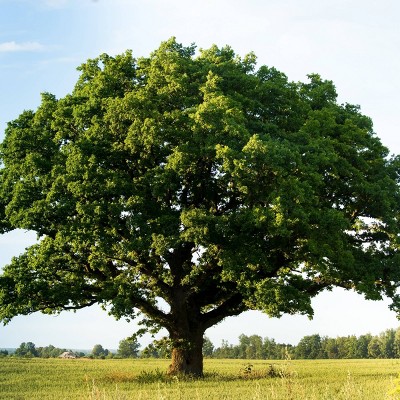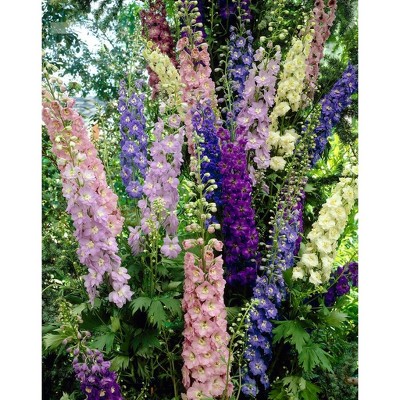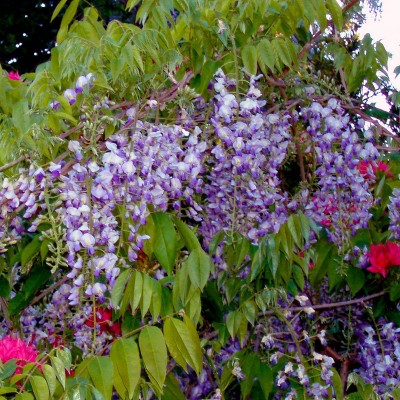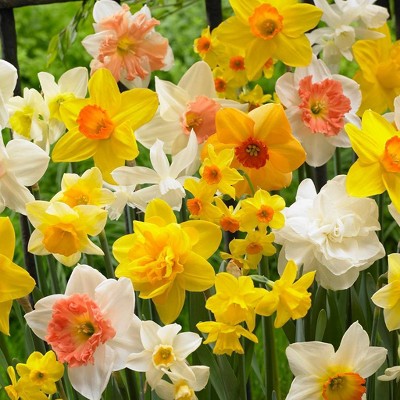2pk California Poppy Seed Grow Kit & Alaskan Red Poppy Grow Kit - The Jonsteen Company
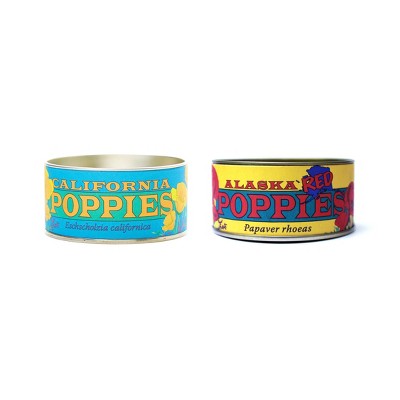
Similar Products
Products of same category from the store
AllProduct info
The California Poppy, Eschscholzia californica, graces many a sun-drenched meadow throughout California and the Southwest with its brilliant orange, saucer-shaped flowers. On bright days, the poppy's silky petals open to greet the sun. At dusk, the golden blooms close into tightly fluted repose. Eschscholzia californica, was first described to the scientific community in the early 19th Century by a German naturalist, Adelbert von Chamisso. Since then, the flower has gained admirers the world-over, becoming the State Flower of California in 1890, and winning the hearts of gardeners everywhere with its welcoming beauty and the ease with which it grows. Always friendly and neat in appearance — a popular flower to press — the California Poppy features a compact, upright form, lifting its famous orange blooms 12 to 18 inches above a finely cut bed of lacy, bluish-green foliage. In milder climates that resemble its native California, the poppy is a perennial, blooming throughout the spring and summer, reseeding itself freely and generously. In colder regions, poppies must be reseeded by hand each spring in preparation for their summer colorburst. A swath of California Poppies brings a vivacious splash of color to virtually any open, sunny area, and they are as fun to grow as they are lovely! There's enough seed here to plant an entire meadow full of poppies – almost 30,000 seeds in all! Scattered in an informal, wildflower planting, this seed will cover about 1,400 square feet, or an area roughly 38' x 38'. Approximately 70% of these seeds will germinate.<br /><br />Sometimes called Common Poppy, Corn Poppy or Field Poppy, Papaver rhoeas dots roadsides and agricultural landscapes throughout the world with its lacy gray-green foliage and vivid red blooms, from North America to Europe, Africa and Asia. Papaver rhoeas is an erect, singlestemmed annual, growing up to about 2 feet-tall. Rising from a bed of deeply lobed, fern-like foliage, each stem holds a single flower: 4 silky red petals, usually 2–4 inches across, which generally bloom from late spring to late summer. The Red Poppy’s tendency to grow on disturbed sites is behind the flower’s notoriety as an icon of World War I, during which time trench digging, explosions, and the creation of mass cemeteries caused millions of Red Poppy seeds to break dormancy, blanketing the devastated European countryside with beautiful red blooms. Since World War I, the Red Poppy has been used to commemorate casualities of war, its likeness worn on lapel pins and badges (known as “Remembrance Poppies”) on Veterans Day. Owing to this strong tradition, the U.K.’s Remembrance Day is also known as Poppy Day. There's enough seed here to plant an entire meadow full of poppies — almost 90,000 seeds in each kit! Scattered in an informal, wildflower planting, the seed from each kit will cover about 1,400 square feet, or an area roughly 38' x 38'. Approximately 70% of these seeds will germinate.
Price History
Cheapest price in the interval: 29.49 on November 8, 2021
Most expensive price in the interval: 29.49 on December 20, 2021
Price Archive shows prices from various stores, lets you see history and find the cheapest. There is no actual sale on the website. For all support, inquiry and suggestion messages communication@pricearchive.us
